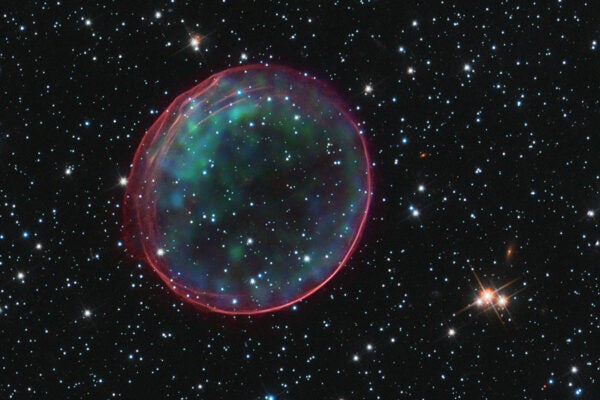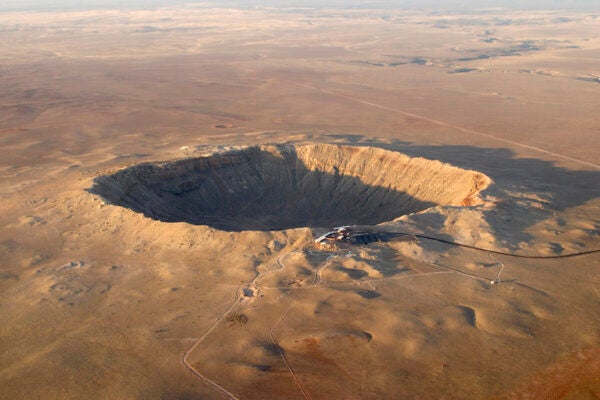Bridging The Gap of War: Einstein’s Eclipse
Astronomer Arthur S. Eddington argued that astronomy should be above politics, even when politics leads to world war.
Why TRAPPIST-1 Is Our Favorite Alien Planetary System
The TRAPPIST-1 system is a treasure trove of possibilities and questions. Observations by JWST have just begun.
The Eight Best Hidden Impact Craters on Earth
Many impact craters on Earth have been erased thanks to wind, water, and plate tectonics. But scientists have clever ways to find them.
Versatile Velcro™
Velcro is used in many spaces, from spacecraft to shoes. A relatively recent invention, it was inspired by the close observation of nature.
Plant of the Month: Chili Pepper
Few foods elicit such strong reactions as chili peppers. Why do we love something that hurts so much?
Corn Is Everywhere!
Two educators use the history of corn, from the domestication of maize 10,000 years ago to today's ubiquitous "commodity corn," to teach about biodiversity.
This Week in Sustainability: From Ice Age to Internet Age, Scientists Look for Clues to Species’ Extinctions
Scientists explore the causes--climate change, habitat destruction, and more--that decimated animals and humans alike, from Ice Age to Internet Age.
The Science of Hot Chili Peppers
Why do spicy foods feel hot? A look at the science behind the world's spiciest hot chili peppers, including the new "Dragon's Breath" variety.
The Weirdest Dwarf Planets Discovered So Far
The solar system is apparently more crowded than we thought: astronomers have discovered a new dwarf planet. Some dwarf planets don't play by the rules.









